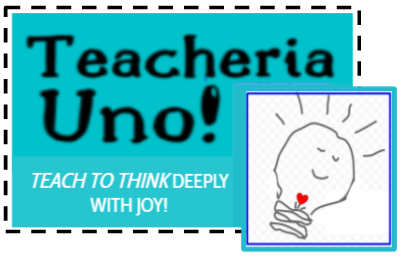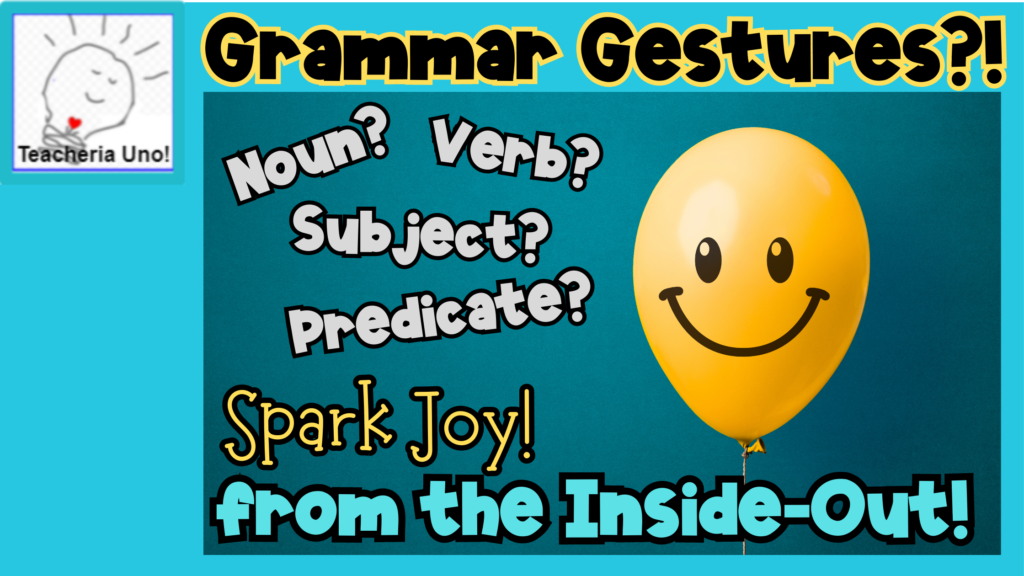
I’ve been told a time or two that I talk with my hands… Is that a gift for how to teach grammar?!

OK, sometimes it can be a distraction.
But usually, gesturing enhances my communication.
And, gesturing engages my peeps.
I am motivated by my gestures. They keep me moving along.
Well, almost always, gesturing sparks a little JOY!
Ah-hah! We are on a pursuit to spark a little joy in our teaching! So how can gestures help us in the classroom? How can gestures enhance our teaching?
My Whole Brain Teaching (Before Grammar)
A few years back I was excited to find Whole Brain Teaching! Chris Biffle and his team provide guidance on teaching to the whole child with a whole host of strategies, tips, routines, and procedures all designed to boost engagement, develop discipline, strengthen classroom management, and foster classroom community, largely with consistent use of common gestures. If you are new to WBT, click on the image below to learn more at their website.
So, WBT has transformed my teaching. It has improved my relationships with my students and it has helped me be more available to my parents. Makes me a little excited!
And as I used WBT consistently over the years, I began to morph many of the routines, movements, and procedures into gestures that were intrinsic to me, more natural, more comfortable to me. Kind of from the inside out. The more natural the movement, I noticed the more consistent I was in using it. I began to understand how to teach grammar with gestures!
Enter University of New Hampshire’s Dr. Calculator…
In my last teaching assignment, I was a Special Education Team Facilitator for our district-wide integrated preschool program. One year we called on Dr. Stephen Calculator, Ph.D., CCC-SLP from UNH to develop a teaching-learning protocol with students with communication disabilities.
And, I embraced Dr. Calculator’s Enhanced Natural Gestures strategy that improves the communication of people with Angelman Syndrome, who desire to be social but who lack the motor skills to use sign language and augmentative devices. His Enhanced Natural Gestures strategy harnesses the natural gestures of a child (movements that they do easily on their own – oh, from the inside, out!) and then he supports parents, teachers and caregivers to intentionally use these gestures in their communication with the child.
My take-away? Individual gestures – unique to the child – rather than a prescribed dictionary of common gestures, are of great value. They can deepen communication.
Yes, sign language is universal, and may be more precise and efficient.
But Enhanced Natural Gestures are far more intimate. They naturally enhance the communication between a person and his peeps. The gestures can be more engaging when they are organic, not prescribed. I was refining my way of how to teach grammar with gestures and JOY!
And, remember, I just love a good gesture! 😉
Fast Forward to Teaching Grammar in Grade 3…
With my experience with Dr. Calculator’s work and WBT, I found myself making my own gestures in my classroom… My own natural gestures that I easily use throughout the curriculum every day.
And it does spark joy — for me and my students!
My Favorite? Grammar!

Grammar can be boring.
Yes, grammar instruction can be mundane. It can take years for some people to master even the most basic grammar concepts. And some never do.
But how can we teach grammar with a practice that is more engaging and effective? And also sparks a little joy!)? With gestures!
Here are my Top 3 Ways to Teach Grammar!…
#1 Parts of Speech & Grammar
First, find a natural gesture for YOU. One that your body will do easily and naturally while it relays the essence of the part of speech. Make it natural for you so you will be inclined to do it EVERY time you say the word or indicate a part of speech.
Next, pair your gesture with a little vignette — a song or phrase on the concept.

Here’s a peek at where my body has taken me to the following for NOUNS and VERBS:
NOUN
My little vignette:
“A noun is a person that you know, a place where you can go, a thing that you can show and an idea that you know.”
Then, here’s my little gesture sequence for when we say the vignette:
A noun is a person that you know (stick thumbs out to point to your left and right)
a place where you can go (palms up, hand over hand, move arms out toward your sides)
a thing that you can show (pound fists together twice)
and an idea that you know (tap your temple with you index finger and nod)
VERB
My little vignette:
“A verb is a physical action, a mental action, or what exists.”
Then, here’s my little gesture sequence for when we say the vignette:
A verb is a physical action (elbows bent, move arms quickly to show “running”) ACTION
or mental action (tap temple while making a concentrating squint) HELPING VERB
or what exists (spread arms across front of body with palms up) LINKING VERB
Physical Action = ACTION Verbs, where you move your body or being
Mental Action = HELPING Verbs, like could, should, would have — “I could eat a sandwich for lunch.” . . Am I doing it? No. It’s in my mind.
What Exists = LINKING Verbs, like is, am, are, seems — “The water is cold.”
. The water doesn’t do anything. It just “exists.” But the verb “is” links the water’s description.
These little vignettes paired with natural gestures help my third graders understand the complexities of NOUNS and VERBS. We use these grammar vignetts to play games at snack three times a week. After a while, my students naturally use the gestures as they continue to study grammar throughout the year.
Getting Started to Teach Grammar
If you are looking for a set of Parts of Speech Anchor Charts click on the image below. My Anchor Charts come in both projectable Google Slides™ and printable version (color and B&W). As you can see in the TPT Preview, I have diagramed the same sentence with each part of speech highlighted. This consistency has helped my students master the content more quickly and thoroughly.
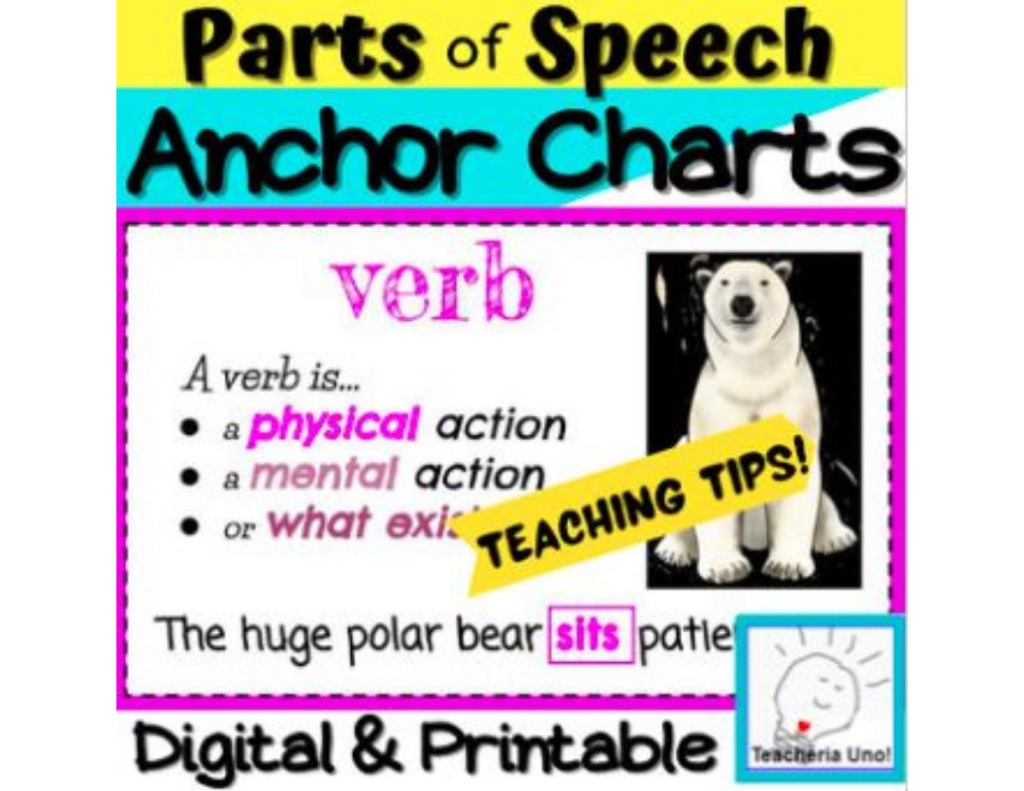
#2 — Diagramming Sentence & Grammar
Diagramming sentences! Whew!
Diagramming in third grade begins with… SUBJECTS and PREDICATES! Boring?! Mundane?!
Ooh… not so fast!
Let’s use natural gestures paired with a little vignette!
This time, I rely on an old favorite from School House Rocks™ — “The Tale of Mr. Morton!” My students immediately engage because they fall in love with the story (and ending!) It is a perfect vignette for teaching grammar — Subject and Predicate — that I use all year long.
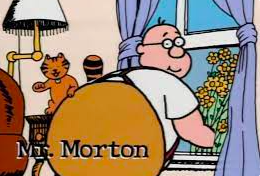
The SUBJECT is the “who” and the PREDICATE is the “do.”
Then, here’s a peek at how I use this little vignette.
A COMPLETE SENTENCE has both parts — a subject and a predicate. My gesture for a complete sentence is to put my fingertips together to form a mountain peak. What goes up, must come down — complete.
The SUBJECT is the “who” (with RIGHT hand, make half the mountain peek)
The PREDICATE is the “do” (with LEFT hand, make the other half the mountain peek)
I start with my RIGHT hand because students will see it on their left and “read” it left-to-right.
The SUBJECT is a “noun” (with RIGHT hand, make half the mountain peek)
The PREDICATE is a “verb” (with LEFT hand, make the other half the mountain peek)
When we sing “Mr. Morton” it looks like this…
“Mr. Morton walked down the street. Mr. Morton (with RIGHT hand, make half the mountain peek) walked (with LEFT hand, make the other half the mountain peek)… Mr. Morton was lonely. Mr. Morton WAAAAS (lift LEFT hand and shake it in the air.)” Ooooh, “was” is the verb (“what exists”)!
We do the mountain peak gesture for ALL the sentences in the video…
Mr. Morton talked…Mr. Morton knew…Mr. Morton grew…Mr. Morton WAAAAS…The neighbor chased… You get the picture
Throughout the year — during whole group, in small groups, in a writing conference — whenever my students use an incomplete sentence — in their speech or writing — I make the half-a-mountain-peak gesture and they know to correct their grammar!
#3 — Punctuation & Grammar & Mentor Text
Gestures are the best-est for learning punctuation!
My favorite mentor text is Punctuation Takes a Vacation by Robin Pulver. I use it throughout the year. And, for it to be effective, you have to rev up your gestures and sound effects! Don’t be shy! 😉
This text with your gestures is a highly engaging way to teach grammar and punctuation. You can PRACTICE the gestures and sounds that come naturally to you way before you read aloud to your students. That way you will USE the gestures EVERY TIME to refer to a punctuation mark. You got this! Now, own it! 🙂
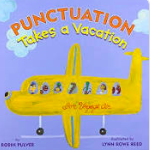
A Little Disclaimer
Please note: I am not an affiliate marketer, but have provided a link (in image above) to order this text on Amazon for your convenience.
In my teaching I prefer to buy used copies in good condition at a fraction of the price, and have had great success on abe.com and thriftbooks.com. Just be mindful of the shipping (or no shipping!) costs. I also am a great fan of and advocate for using the Public Library, and want to give a shout out to the Haverhill Public Library staff, my public library, who do an exceptional job purchasing mentor texts and other teaching materials we teachers need to fully teach concepts, content, vocabulary and skills at every grade level! Thank you public libraries everywhere!
My Punctuation Gestures and Vignettes
Here are my basic punctuation gestures and sound effects that I use with my students every day:
capital letter (put palms together like a sandwich; “grow” top hand up as you make a pshhhhh sound)
period (move your right foot to “put on the brakes” as you make the errrrr sound)
exclamation mark (draw the line in the air as you a cshhhh sound, then mark the dot as you make a “pop” sound)
question mark (shrug shoulders with open palms at either side as you say “hunh?”)
comma (whisk a comma in air as you breathe out a quick “whiit”)
quotation marks (starting on your RIGHT, use two fingers in the air to make the first marks with a click sound, then your LEFT two fingers to make the second mark with a click sound)
And That’s How to Teach Grammar with Gestures!
When my students’ writing needs editing… I just make the gesture and sound! And soon they start to use the gestures and sounds to help their peers revise and edit their writing! Win-win!!
So, what do you think? What gestures do you use in your teaching? Leave a comment down below!
As you rev up your teaching, here are some other activities that might spark a little JOY!:
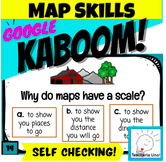
- Kaboom!
- Mentor Sentence Journals from your favorite MENTOR TEXTS!

Or click below to read more on the Blog!…
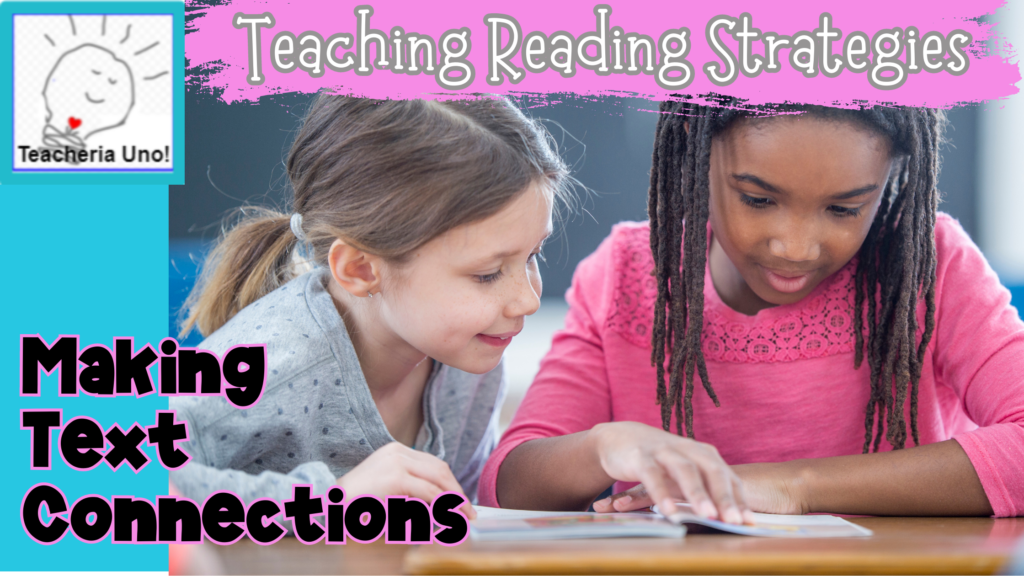
Teach with joy!
🙂 Susan
